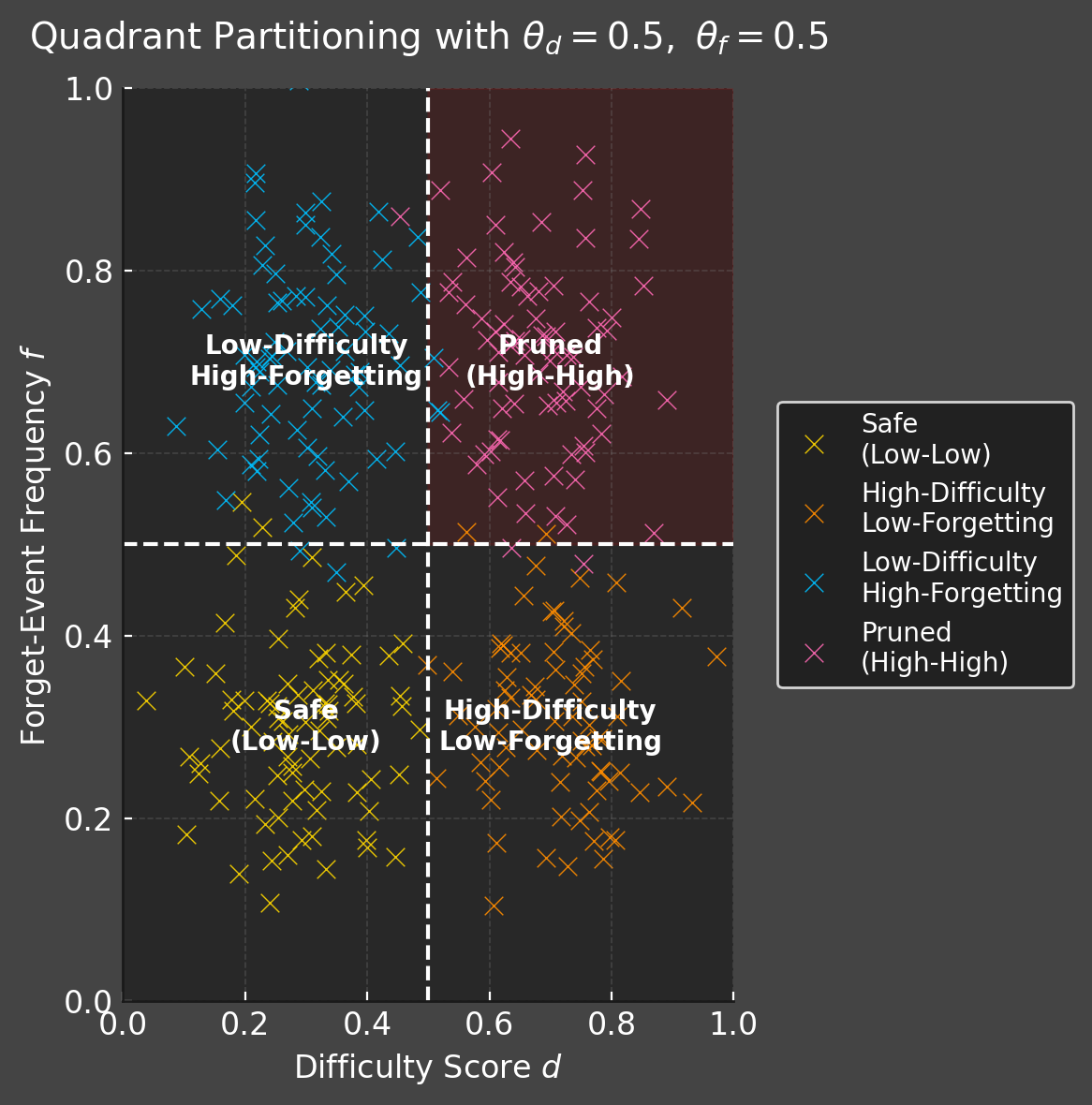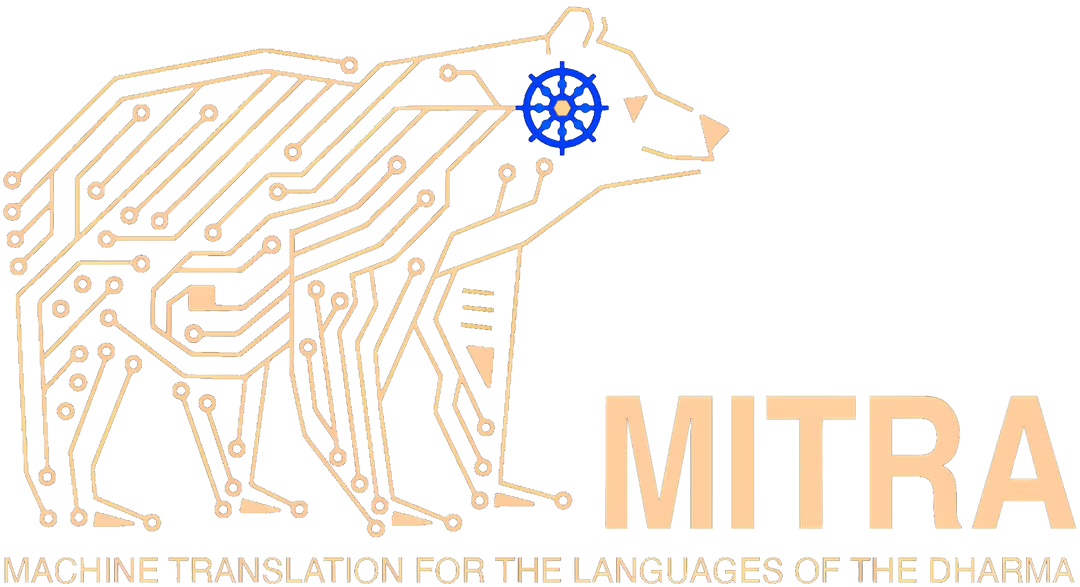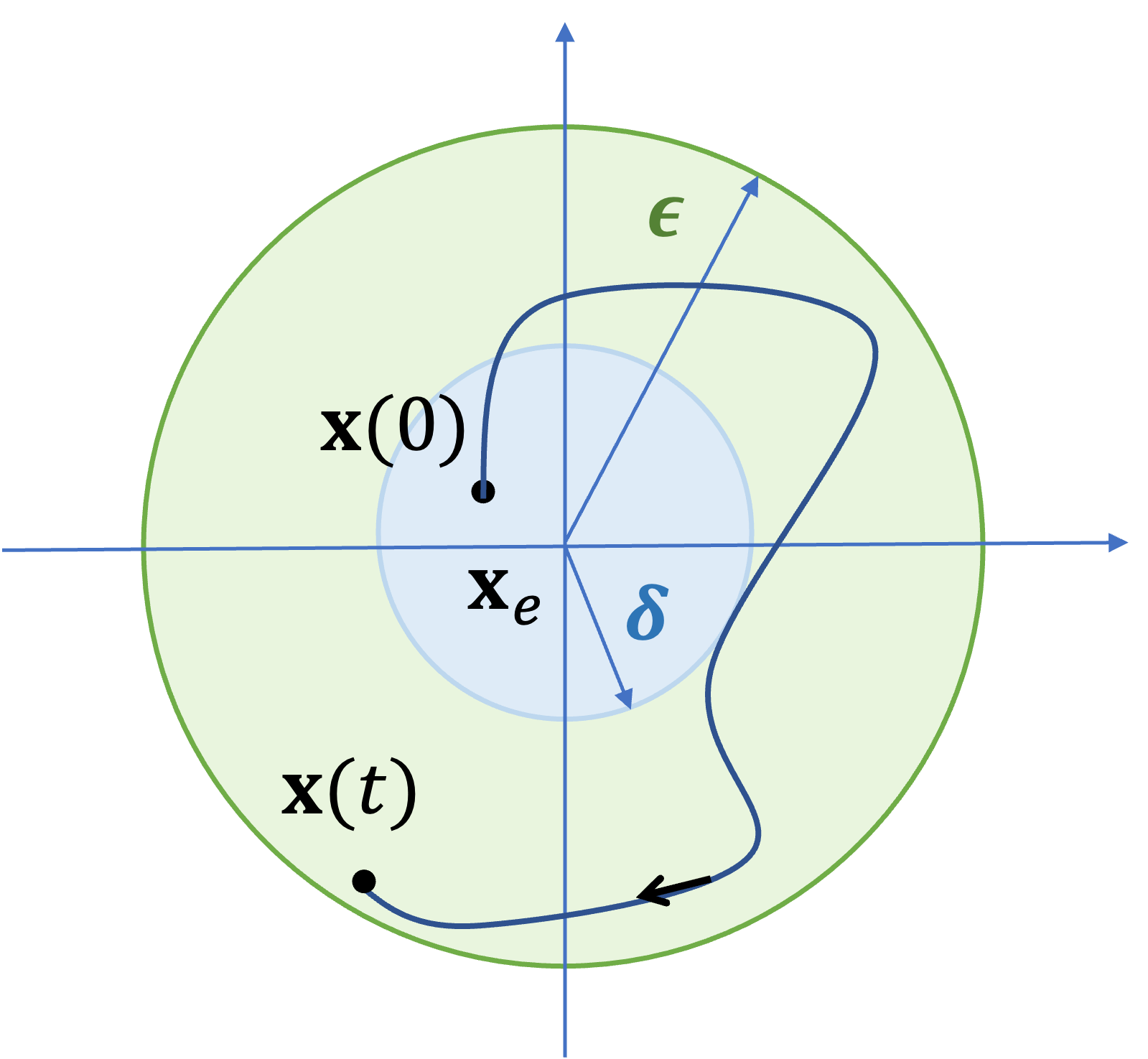Hi, my name is
Laksh Patel
I'm a senior at the Illinois Mathematics and Science Academy, working at the intersection of control theory, AI systems, and algorithm design.
Email: lpatel@imsa.edu

Hi, my name is
I'm a senior at the Illinois Mathematics and Science Academy, working at the intersection of control theory, AI systems, and algorithm design.
Email: lpatel@imsa.edu

Coursework: Multivariable Calculus, Linear Algebra, Organic Chemistry, Machine Learning, Microcontrollers, Advanced Programming, Computational Science, Theoretical Neuroscience, Object-Oriented Programming.
Leadership: President of Cybersecurity Club, leading a program serving 120+ students and raising $85K in sponsorships.
Titles: Velexi Research Scholar, QuestBridge Scholar, National Merit Scholar.
Forget-event scoring to identify memorized and high-risk pretraining samples.

A data-centric framework assigning each sample a difficulty score and forget-event frequency. These metrics partition massive corpora for targeted pruning and privacy-aware dataset design. Reduced retention of memorized data while preserving distribution coverage.
Character-level CNNs and MADLAD-400 finetuning for degraded manuscripts.

Built OCR pipelines for 500+ rare Sanskrit and Tibetan manuscripts. Integrated character-level CNNs with modern multilingual transformers, reducing manual review from ~2 hours to ~3 minutes per script. System serves 36K+ users and over 450K monthly extractions.
Output-level entropy perturbations preventing student-model replication.

Introduced a closed-form entropy injection mechanism that shifts teacher outputs into a region student models cannot imitate. Establishes theoretical limits on distillability under bounded perturbations.
Benchmark for predicting thresholded network dynamics.

Tests LLMs on multi-step propagation in discrete dynamical systems. Reveals scaling-dependent failures: larger models perform better at long-horizon reasoning, but collapse when thresholds amplify early-stage uncertainty.
Second-Order State Hallucinations for compromised-agent recovery.

SOSH detects faulty teams via residual spikes and hallucinates replacement states, updating system topology to exclude compromised nodes. Verified stability across 5,000+ randomized multi-agent trials.
Context-aware slang detection for safer NLP.

Tracks evolving slang expressions using embeddings + semantic similarity, paired with toxicity classifiers. Improves moderation accuracy for dynamic, non-dictionary language.
O(1/√K) convergence under latency and packet loss.

A delay-tolerant primal-dual flow algorithm for distributed supply networks. Guarantees convergence under asynchronous updates, dropout, and shifting connectivity.
Sparse encodings revealing vector-space structure in IR spectra.

Demonstrates that IR spectra obey approximate linear structure enabling dictionary-based decomposition. Connects classical organic heuristics with modern sparse-encoding theory.